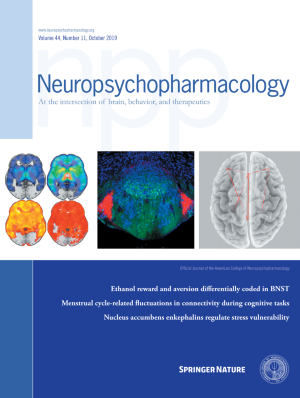 “Cannabis is increasingly being used world-wide to treat a variety of dermatological conditions. Medicinal cannabis is currently legalized in Canada, 31 states in America and 19 countries in Europe. The authors reviewed the literature on the pharmacology and use of cannabinoids in treating a variety of skin conditions including acne, atopic dermatitis, psoriasis, skin cancer, pruritus, and pain. Cannabinoids have demonstrated anti-inflammatory, antipruritic, anti-ageing, and antimalignancy properties by various mechanisms including interacting with the newly found endocannabinoid system of the skin thereby providing a promising alternative to traditional treatments.”
“Cannabis is increasingly being used world-wide to treat a variety of dermatological conditions. Medicinal cannabis is currently legalized in Canada, 31 states in America and 19 countries in Europe. The authors reviewed the literature on the pharmacology and use of cannabinoids in treating a variety of skin conditions including acne, atopic dermatitis, psoriasis, skin cancer, pruritus, and pain. Cannabinoids have demonstrated anti-inflammatory, antipruritic, anti-ageing, and antimalignancy properties by various mechanisms including interacting with the newly found endocannabinoid system of the skin thereby providing a promising alternative to traditional treatments.”
https://www.ncbi.nlm.nih.gov/pubmed/31599175
https://www.tandfonline.com/doi/abs/10.1080/09546634.2019.1675854?journalCode=ijdt20


 “Understanding how the body regulates pain is fundamental to develop rational strategies to combat the growing prevalence of chronic pain states, opioid dependency, and the increased financial burden to the medical care system.
“Understanding how the body regulates pain is fundamental to develop rational strategies to combat the growing prevalence of chronic pain states, opioid dependency, and the increased financial burden to the medical care system. “Research in the cannabinoid field, namely on phytocannabinoids, the endogenous cannabinoids anandamide and 2-arachidonoyl glycerol and their metabolizing and synthetic enzymes, the cannabinoid receptors, and anandamide-like cannabinoid compounds, has expanded tremendously over the last few years. Numerous endocannabinoid-like compounds have been discovered. The Cannabis plant constituent
“Research in the cannabinoid field, namely on phytocannabinoids, the endogenous cannabinoids anandamide and 2-arachidonoyl glycerol and their metabolizing and synthetic enzymes, the cannabinoid receptors, and anandamide-like cannabinoid compounds, has expanded tremendously over the last few years. Numerous endocannabinoid-like compounds have been discovered. The Cannabis plant constituent  “It is thought that endogenous cannabinoids have a role in the analgesia induced by specific forms of stress.
“It is thought that endogenous cannabinoids have a role in the analgesia induced by specific forms of stress. “The endocannabinoid (EC) system has been implicated in the pathogenesis of several metabolic diseases, including nonalcoholic fatty liver disease (NAFLD).
“The endocannabinoid (EC) system has been implicated in the pathogenesis of several metabolic diseases, including nonalcoholic fatty liver disease (NAFLD). “Compounds present in Cannabis sativa such as phytocannabinoids and terpenoids may act in concert to elicit therapeutic effects.
“Compounds present in Cannabis sativa such as phytocannabinoids and terpenoids may act in concert to elicit therapeutic effects.  “2-Arachidonoyl-glycerol (2-AG) is an
“2-Arachidonoyl-glycerol (2-AG) is an  “Binge drinking is a significant problem in adolescent populations, and because of the reciprocal interactions between ethanol (EtOH) consumption and the endocannabinoid (eCB) system, we sought to determine if adolescent EtOH intake altered the localization and function of the
“Binge drinking is a significant problem in adolescent populations, and because of the reciprocal interactions between ethanol (EtOH) consumption and the endocannabinoid (eCB) system, we sought to determine if adolescent EtOH intake altered the localization and function of the  “Abusive alcohol consumption is a health problem, worldwide.
“Abusive alcohol consumption is a health problem, worldwide.